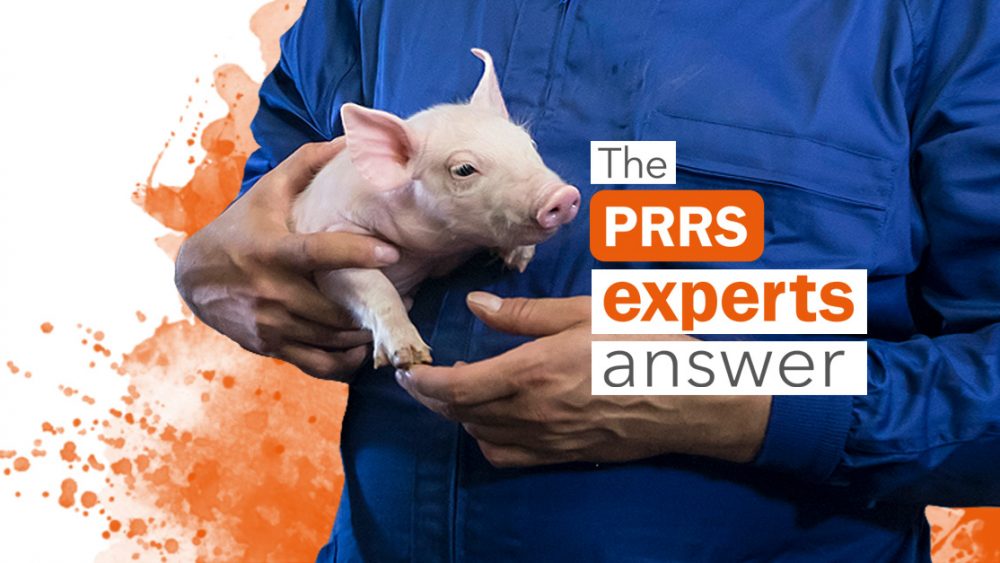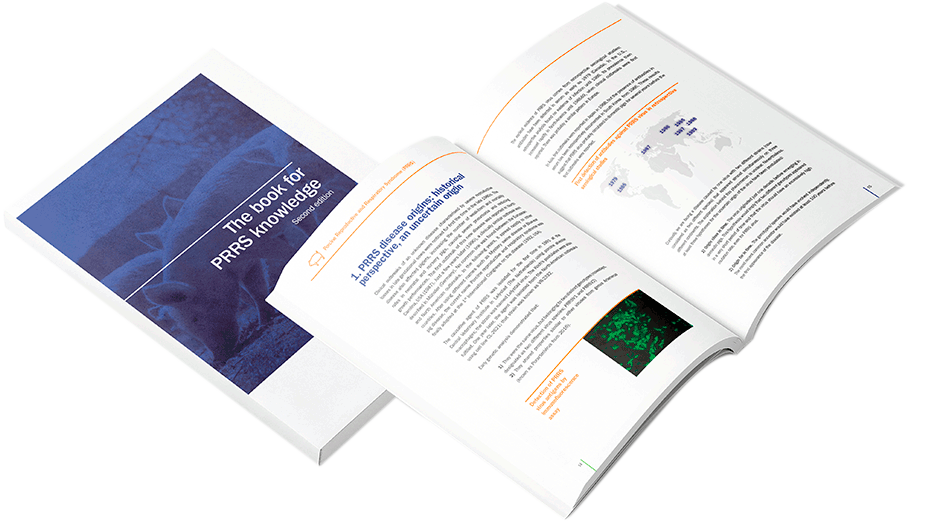Stabilization of a farm is not easy when we talk about PRRS virus. It is often said that a farm is stable when no reproductive clinical signs are observed, but problems in the post-weaning continue. A stable farm is that one that has consistently stopped producing viraemic piglets (producing PCR negative piglets at weaning), but how is it achieved?
In order to have negative piglets at weaning, we must ensure that there is no virus circulation during gestation, preventing that virus is introduced there.
Therefore, it is essential that replacement animals being introduced developed protection to the disease and have overcome virus excretion (i.e. positive ELISAs, but negative PCRs). It is essential to be able to have the replacement animals isolated from gestation.
On the other hand, we must work with negative boars since we know that positive boars can shed PRRS virus and therefore pose a risk of virus introduction into gestation. Once we get a stable farm, next step is to try to remove viral recirculation from post-weaning area, where it frequently remains being one of the reasons promoting other bacterial infections. To remove the virus, the only solution, it is to apply a strict biosecurity protocol between piglet batches, so we do not take the virus to negative weaner batches.
In order to achieve this, it will be necessary to have exclusive material for each batch (syringes and needles, specific boots in each room) and manage the nursery always moving from clean to dirty batches. If this is correctly practiced we will see that step by step, recirculation will move towards older animals, until it gets to disappear from this stage.
You can ask your own question! Visit Pig333.com and submit your question to our experts.

Marcovetgrup S.L. – Spain




